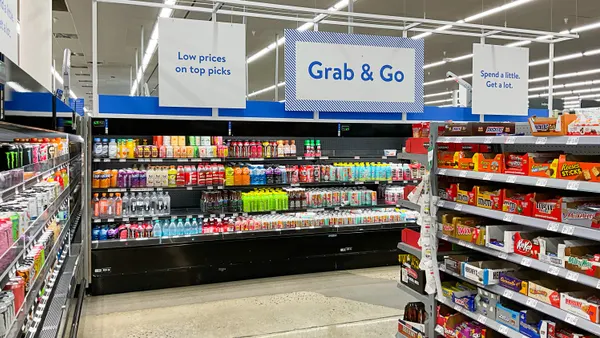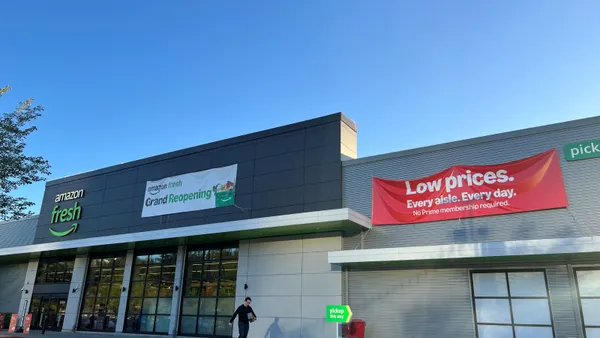Dive Brief:
- One in four Americans, or 85 million people, spend $19 billion annually to avoid purchasing products with the top nine allergens, according to new research from Food Allergy Research & Education (FARE).
- Of those avoiding the top allergens, 71% check food labels every time they shop and 68% trust allergy-free brands. This new data is part of a project that combines Preventative Allergen Labeling research conducted through Northwestern University, FARE research conducted by McKinsey & Company and qualitative research prepared by Global Strategy Group.
- The data also found 53% of those surveyed want clearer food allergen labeling to identify the presence of milk, egg, soy, peanut, wheat, fish, shellfish, tree nuts and sesame.
Dive Insight:
According to this new research, the $19 billion in sales associated with allergen-free shopping is just the beginning. The annual growth rate for the allergy-friendly food segment is 27%.
In 2013, the U.S. Centers for Disease Control and Prevention published a study showing food allergies among children increased about 50% between 1997 and 2011. By 2013, FARE estimated 15 million people in the U.S. had a food allergy. In its latest study, the organization increased that estimate to 32 million individuals. As a result, allergen-free products have moved from niche to mainstream.
Some companies have made strides to cater to this market. Mondelez acquired the Enjoy Life brand in 2015, a maker of snacks that are free of 14 common allergens. Nestlé developed its Toll House Simply Delicious Morsels, which only contain cocoa butter, cane sugar and chocolate. Nestlé Health Science last year also took a minority stake in Before Brands, the company behind SpoonfulOne, a product for infants and small children intended to reduce the risk of developing allergies to 16 foods.
Many companies have also begun to put allergy-friendly products on shelves thanks to the prevalence of the free-from movement. While free-from foods are often limited to dairy-free, soy-free and wheat-free, this trend encompasses one of the top allergens. The top food allergy in adults is shellfish — which nearly 3% have — followed by 1.9% with a dairy allergy and 1.8% with a peanut allergy, according to a 2019 study from JAMA Network Open.
Still, the free-from trend has made the allergy-friendly product market more lucrative. According to Mordor Intelligence, the global free-from food market is projected to have an annual growth rate of 4.84% through 2023, driven by interest in dairy-free and gluten-free segments. Gluten-free products helped lead the way in bringing mainstream awareness about allergies, and now consumers are continuing to demand more –– especially dairy-free products like alternative milks. Some research suggests growth in dairy-free milk could grow by 16.6% by 2024.
There is still a risk for consumers who are searching for these products. Not all free-from products are made in manufacturing facilities that are dedicated to allergy-free products, making cross-contamination a concern. Although labeling often indicates if they are processed in facilities that also process allergens, cross-contamination remains a leading cause of food recalls. Of 456 food recalls in 2017, 218 of them were caused by undeclared allergens, according to Food Safety Magazine.
With this new data from FARE, it is clear the prevalence of food allergies in the U.S. is not diminishing. It would likely be a lucrative investment for companies to expand their allergen-free portfolios. Not only is there a $19 billion demand for these products from those with allergies, but there is another market created by individuals looking to avoid certain ingredients to promote more healthful living.












